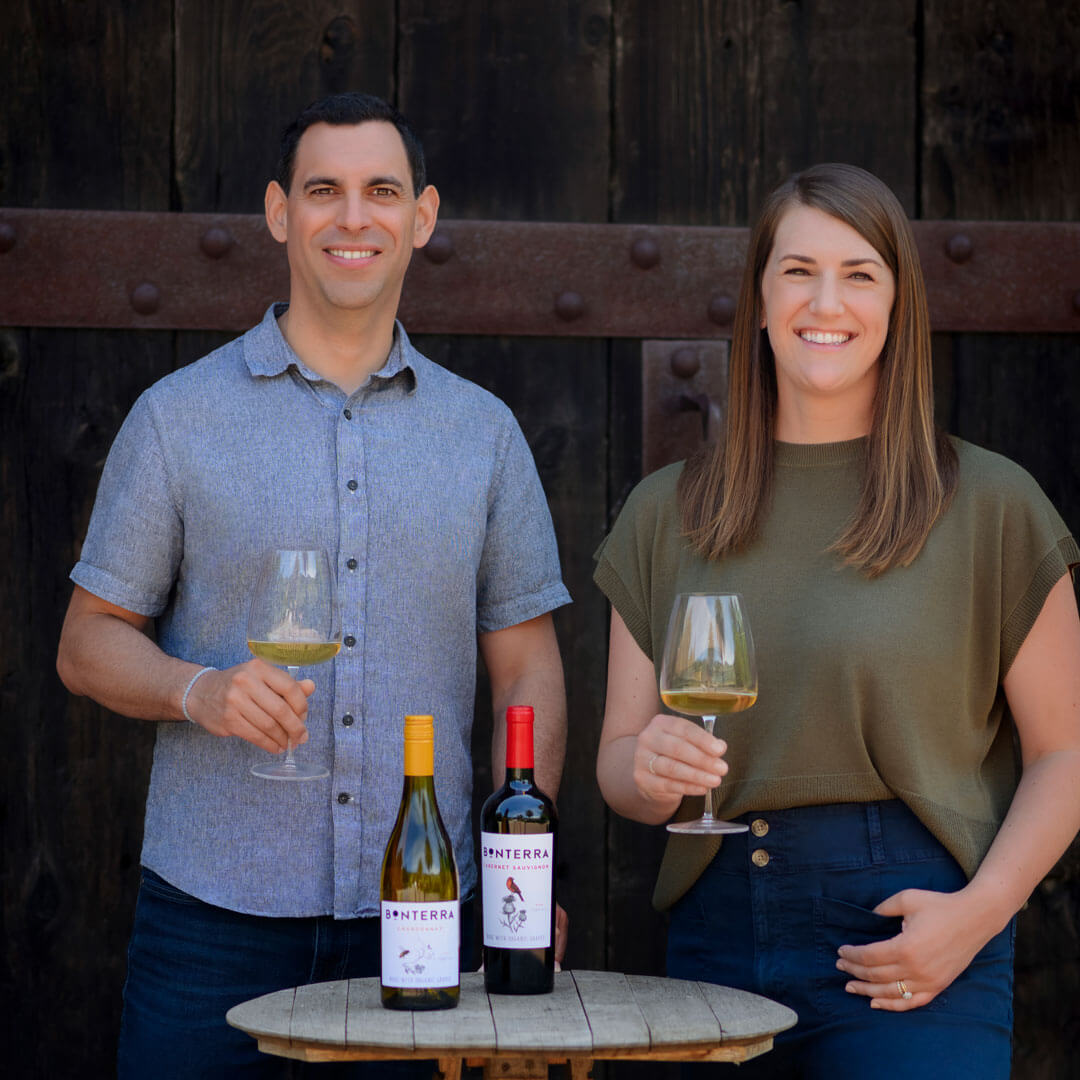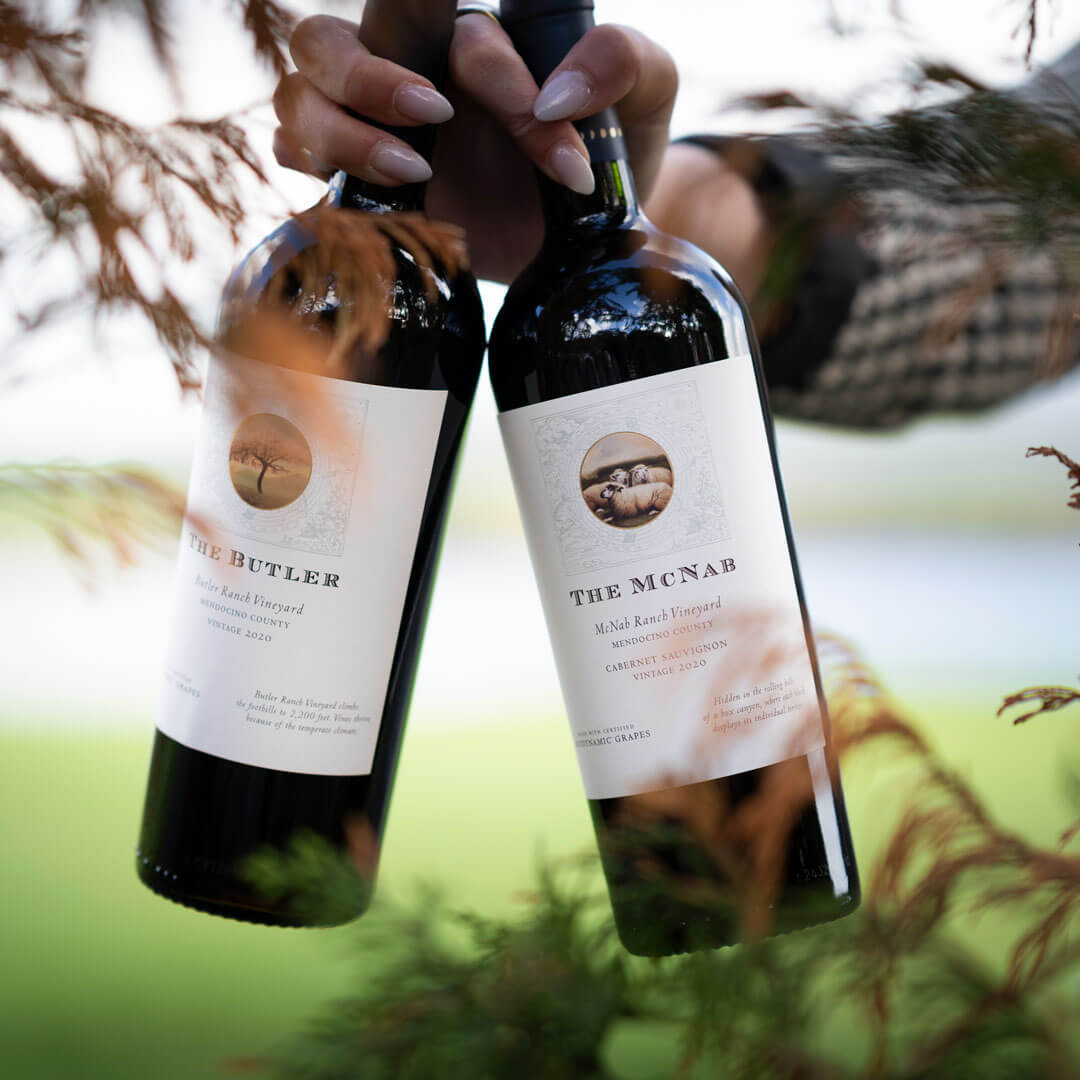Oh, Merlot. You’re such a charmer and so underestimated. Ever since Paul Giamatti swore off drinking Merlot during Sideways, practically everyone followed suit. No more, I say; Merlot is back! So, let’s go on a journey to understand Merlot, where it came from, how it tastes, and what has made it such an important grape for centuries in the wine world.
The Merlot we know today, largely from California, is a relatively new development in the life of this grape. It originated in France, specifically Bordeaux and is the most widely played grape in that wine region. In fact Merlot is the second most widely planted grape in the world, just behind Cabernet Sauvignon. There is more than 5x the amount of Merlot planted in Bordeaux than its new world home of California.
Popular Regions for Merlot
For centuries Merlot has played a pivotal and defining role in bringing Bordeaux wines to life. The Right Bank or North side of the Gironde River, that courses through Bordeaux is planted primarily to Merlot and it makes up the majority of the blends made in that area, with Cabernet Sauvignon, Petit Verdot and Cabernet Franc used to complete the blend. Pomerel and Saint-Émilion are the most famous appellations of the Right Bank. As Merlot made its way across the world, it began to pop up in places like California, notably Napa Valley and even the heartland of old-world wine, Italy, where it made its home among indigenous varieties. Merlot thrived in these new regions and arguably expanded the appreciation, quality and versatility of the grape beyond being just a blending grape of Bordeaux, albeit a very important one. So, let’s break it down, why does Merlot thrive in these regions and what do the different wine types taste like?
Bordeaux, France
“With its soft texture, deliciously plummy fruit flavor and mellow tannins, Merlot is more approachable than Cabernet Sauvignon. Taking to damp, cool, clay soils rather than the warmer gravels of the Médoc, plantings of the earlier-ripening, thinner-skinned Merlot outnumber those of Cabernet Sauvignon in Bordeaux…” Merlot is well known for its soft and velvety tannins and balances the bolder grippy tannins and cherry notes of its half-brother Cabernet Sauvignon. (Did you know? Cabernet Franc is the one of the parents of Merlot with the rare Magdeleine Noire des Charentes being the other. This makes Merlot a half sibling of Cabernet Sauvignon, who’s parents are Cabernet Franc and Sauvignon Blanc.) It is rare to find a 100% Merlot wine from Bordeaux, particularly in the appellations mentioned above. It wasn’t until Merlot’s immigration to California and the rising popularity of Merlot as a single varietal wine in the 1980s that cemented Merlot has the “It” grape of the late 20th century.
Tasting Profile: Like any grape, the flavor of Merlot is determined by the climate and soil in which it is grown in addition to the style and traditions of the region and the hand of the winemaker. All these factors are called terroir. The Bordeaux Merlot dominant blends of the Right Bank have a beautiful mix of rich plum, dark cherry, chocolate, deep earthy notes and slight herbal nuances. The best wines of this region have smoke and cloves notes throughout. Yet, the hallmark and telltale feature of all Merlot is its smooth, silky tannins. That is a characteristic you will find in Merlot from all over the world.
Napa Valley, USA
While Napa is widely known for its Cabernet Sauvignon, it is Merlot that achieved Superstar status first. Legendary Napa vintner Louis M. Martini was the first to bottle a non-vintage merlot in 1968 after enjoying a 10-year-old Italian Merlot while vacationing in Europe. That pivotal glass changed the course of Merlot in California with well-known wineries such as Jordan, Keenan, Clos de Val and Matanzas Creek bottling varietally labeled Merlot in the 1970s, but it was Peter Newton and the 1969 Sterling Vineyards Merlot that changed everything and influenced generations of winemakers to come, including Dan Duckhorn, who became the first to add a vineyard designate to Duckhorn Merlot in the 1978 vintage. Duckhorn Merlot defined all odds and its 2014 Three Palms Merlot, the original vineyard that started it all, become Wine Spectator’s wine of the year in 2017. What intrigued these vintners and carried Merlot through the decades and through the turbulent early 2000s is Merlot’s unmistakable flavor profile.
Tasting Profile: Merlot in California is quite different than those grown in the old-world Merlot regions of France and Italy, but that hallmark silkiness is still very present. California Merlot tends to be very fruit forward and much riper, with bursting cherry, plum and blackberry flavors. The wines are bold, rich and have a slight minty characteristic that helps keep these big wines fresh.
Tuscany, Italy
Tuscany is one of the most well-known culinary destinations in the world. It is hard to find a bad meal or a bad wine here and Merlot plays a pivotal role in the production of what are known as Super Tuscans, a term coined in the 1980s. Like the evolution of Merlot in Napa, Super Tuscans were born in the late 1960s to escape the restrictive regulations placed on vintners by the new Italian DOC rules. Several renegade winemakers, like Marchesi Antinori, and pioneering brands like Sassicaia, Tignanello and Ornellaia, changed the landscape of Italian wine and introduced the world to an entirely new approach to Merlot. Winemakers blended Cabernet Sauvignon with Sangiovese and Merlot, or even made 100% Merlot wines. There are many iterations of a Super Tuscan, but the simplest way to think of it is an Italian take on a Bordeaux blend, using grapes like Cabernet Sauvignon, Merlot, Petit Verdot and Cabernet Franc and even Syrah blended with Sangiovese or other indigenous Italian grapes. Each vintner has their own approach and blend, and it allowed them to skirt to restrictive, albeit well intentioned rules of the DOC.
Tasting Profile: A Super Tuscan is a bit of an enigma to pin down, since they were created to essentially allow winemakers to color outside the lines. There is no one singular approach or style. However, there is a through line. “What unites them is their rich, even brooding, dark fruit flavors, lush palates and long finishes,” Danielle Callegari, a wine writer at large for Wine Enthusiast Magazine says. “A great expression manages to be elegant and approachable right away even as it promises to develop yet more sophistication and depth over time.” They are very different from traditional Italian wines and tend to have a soft and sweet palate.
Pairing Suggestions for Merlot
Now that we have you dreaming of ways to drink Merlot the world over, what are you going to eat with it? An excellent question. Let’s dive in.
First off, Merlot is an excellent choice for wine and cheese pairings, mainly because it is so approachable and easy to pair. Merlot is a wonderful summer wine, pairing beautifully with many summer dishes. Think back to the Merlot tasting notes you read above.
Simple dishes: Think classic Margharita pizza or pepperoni, even a little twist with mushrooms or sausage will go deliciously well with Merlot.
Want to fire up the grill? Try pairing with BBQ chicken, even with a light BBQ sauce or a hamburger with all the fixes. The smokiness of the grill will bring out all the delightful flavors that make Merlot so enjoyable.
Pasta night? No problem. Try a penne pasta with tomato sauce, or a creamy pasta with bacon and mushrooms.
Essentially keep it simple, easy meals pair with easy wines.
Meats: Braised short ribs or a bavette or skirt steak with chimichurri will compliment Merlot’s fruit forward nature. If you’re drinking a lush and full bodied Napa Merlot think rack of lamp, filet Mignon or tenderloin to compliment Merlot’s easy going nature.
Cheeses: Semi hard cheese with a nutty and salty flavor are the best partners for Merlot, like Parmesan, Gorgonzola, Brie, Camembert, and Cheddar
Vegetarian dishes: Classic French Ratatouille, loaded with peppers, eggplant, zucchini and squash with tomato sauce is an instant classic. Though it is more involved to make, the result is mouthwatering.
Experience New Wines with Bonterra
Merlot red wine is a simple, versatile wine that pairs well with many dishes. The grape variety offers different tasting notes based on the region it was planted, so each version of Merlot offers a different tasting experience.
Bonterra wine is farmed at our organic winery, ready to be enjoyed by wine enthusiasts like you. Order wine online or sign up for the wine club for exclusive offers and access to new releases. Bonterra is here to help you explore the world of wine. From deep reds to refreshing rosé, Bonterra has something for every wine lover.




